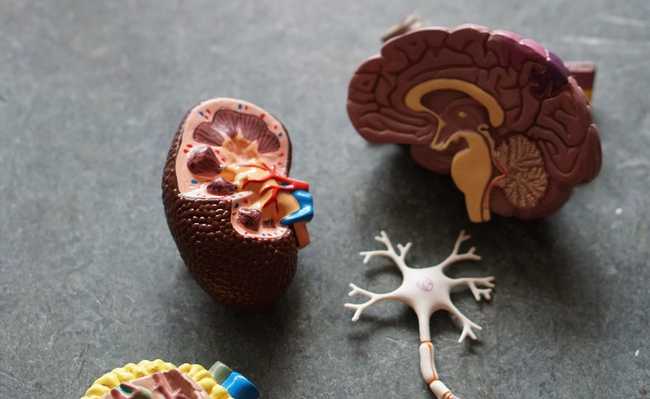What are neonicotinoids
Neonicotinoids are a group of pesticides used in agriculture. They act to eliminate insects, but they can also harm human health.

Bence Balla-Schottner image on Unsplash
Neonicotinoids are a group of insecticides used in agriculture and veterinary medicine that act on insect receptors, generating neurological intoxication. They act similarly to nicotine, preventing the transmission of nerve impulses. But they can also be harmful to humans, causing possible motor impairment, changes in vital signs and even death. Neonicotinoids are usually found under the representative names of:
- Imidacloprid
- Acetamiprid
- Nitempram
- thiamethoxam
- Clothianidin
- Dinotefuran
- thiacloprid
Occupational or accidental exposure
Accidental, intentional poisonings or occupational exposures to substances with toxic potential are frequent cases seen in emergency departments of hospitals around the world. In the United States alone, in 2011, there were about 2.3 million calls associated with intoxication. In Latin American countries, the numbers are also high and are increasing in recent years, including cases of pesticides used in agriculture.
The difference between insecticide, fungicide and rodenticide
Within the group of pesticides, there is usually no differentiation between insecticides, fungicides and rodenticides. When it comes to insecticides, the groups most approached and studied are cholinesterase and chlorinated inhibitors, with little information about neonicotinoids. But it is extremely important to talk about neonicotinoid insecticides. In order to improve handling care, identification in clinical practice, diagnosis and adequate treatment to prevent complications and reduce its use when possible.
usage history
Neonicotinoids were discovered in the late 1980s and are widely used to control pests, both in crops and in domestic animals. This is due to the fact that they have low relative toxicity in humans.
Target plants and insects

Edited and resized image of Phoenix Han in Unsplash
Neonicotinoids have certain physicochemical characteristics that cause them to be absorbed by plant roots and distributed throughout their structure, making these plants toxic for variable periods of time. Some examples of cultivation in which this class of insecticides are used are corn, melon, apple and grape crops. They have a chemical structure similar to nicotine and affect a variety of insects. Among the most affected insects are aphids, cicadas, whitefly, beetles, scale insect and mites.
Toxicity in humans
O imidacloprid, which belongs to the chemical family of neonicotinoids, being the most widespread variety in the world for agricultural use since the early 1990s and manufactured mainly by Bayer, is a 1st generation neonicotinoid, which, like all other neonicotinoids, acts as an agonist of the nicotinic receptors of insects. This is one of the pesticides involved in clinical cases, and the active metabolite denitro-imidacloprid is highly toxic to vertebrates, with agonist action on central α4β2 nicotinic receptors that activate intracellular calcium mobilization and extracellular signaling pathways, and produce an excitatory neurological initial phase followed by neuromuscular paralysis (the main cause of mortality from this poisoning).
Another aspect to highlight, which contributes to the toxicity of neonicotinoids in humans, is the solvent used in various parts of the world, N-methyl-pyrrolidone. This compound explains most of the gastrointestinal symptoms presented by patients who ingest these pesticides, basically due to its direct irritating effects on the mucosa of the gastrointestinal tract and its solubility in fat.
Effect on bees

Edited and resized image of Taga is available at ABSFreePics.com
Studies have shown that pesticides from the neonicotinoid family have harmful effects on beneficial insects such as bees, which are important pollinators of 90% of angiosperms (plants that bear fruit), mainly melon. Bioassays carried out in the laboratory concluded that the exposure of bees to neonicotinoid compounds, carried out by spraying and ingesting contaminated food at the highest and lowest doses recommended by the manufacturers, is extremely harmful to bees.
- The importance of bees
Alternatives
All this information leads us to question whether the problems caused by these pesticides justify their use. An alternative to avoid consuming this "poison" is to look for organic foods, which are produced through other agricultural techniques that do not use pesticides, hormones or other chemical products. Foods produced based on the principles of agroecology are an example in this regard.










